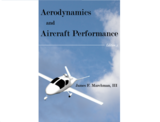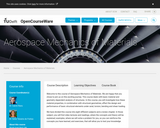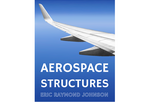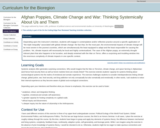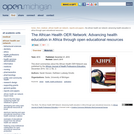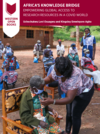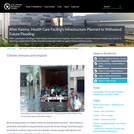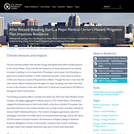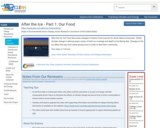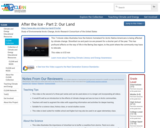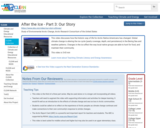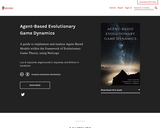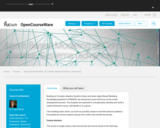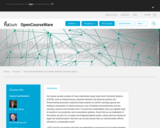Short Description:
Aerodynamics and Aircraft Performance, 3rd edition Intended for undergraduates, this text provides “stand alone” coverage of basic, subsonic, aircraft performance preceded by an introduction to the basics of aerodynamics that will provide a background sufficient to the understanding of the subjects to be studied in aircraft performance. NewParaDownloadable versions of this book and further information are freely available at: http://hdl.handle.net/10919/96525NewParaDr. James F. Marchman III is Professor Emeritus of Aerospace and Ocean Engineering and a former Associate Dean of Engineering at Virginia Tech where he taught and conducted research in aerodynamics, aircraft performance, aircraft design and other areas over a 40 year career. NewParaInstructors reviewing, adopting, or adapting parts or the whole of the text are requested to register their interest at: https://bit.ly/aerodynamics_interest.
Long Description:
Aerodynamics and Aircraft Performance, 3rd edition is a college undergraduate-level introduction to aircraft aerodynamics and performance. The objective of this text is to provide a “stand alone” coverage of basic, subsonic, aircraft performance preceded by an introduction to the basics of aerodynamics that will provide a background sufficient to the understanding of the subjects to be studied in aircraft performance. This text is designed for a course in Aircraft Performance that is taught before the students have had any course in fluid mechanics, fluid dynamics, or aerodynamics. The text is meant to provide the essential information from these types of courses that is needed for teaching basic subsonic aircraft performance, and it is assumed that the students will learn the full story of aerodynamics in other, later courses. The text assumes that the students will have had a university level Physics sequence in which they will have been introduced to the most fundamental concepts of statics, dynamics, fluid mechanics, and basic conservation laws that are needed to understand the coverage that follows. It is also assumed that students will have completed first year university level calculus sequence plus a course in multi-variable calculus. Separate courses in engineering statics and dynamics are helpful but not necessary. Any student who takes a course using this text after completing courses in aerodynamics or fluid dynamics should find the chapters of this book covering those subjects an interesting review of the material
This is a nearly verbatim presentation of Dr. Marchman’s 3rd edition (2004) of the text with minor corrections to text and formulas, addition of machine-readable math, alt text, and redrawn figures. It is available in Pressbooks, PDF, and ePub.
Instructors reviewing, adopting, or adapting parts or the whole of the text are requested to register their interest at: https://bit.ly/aerodynamics_interest.
Downloadable versions of this book and further information are freely available at: http://hdl.handle.net/10919/96525
Word Count: 86443
ISBN: 978-1-949373-62-2
(Note: This resource's metadata has been created automatically by reformatting and/or combining the information that the author initially provided as part of a bulk import process.)

